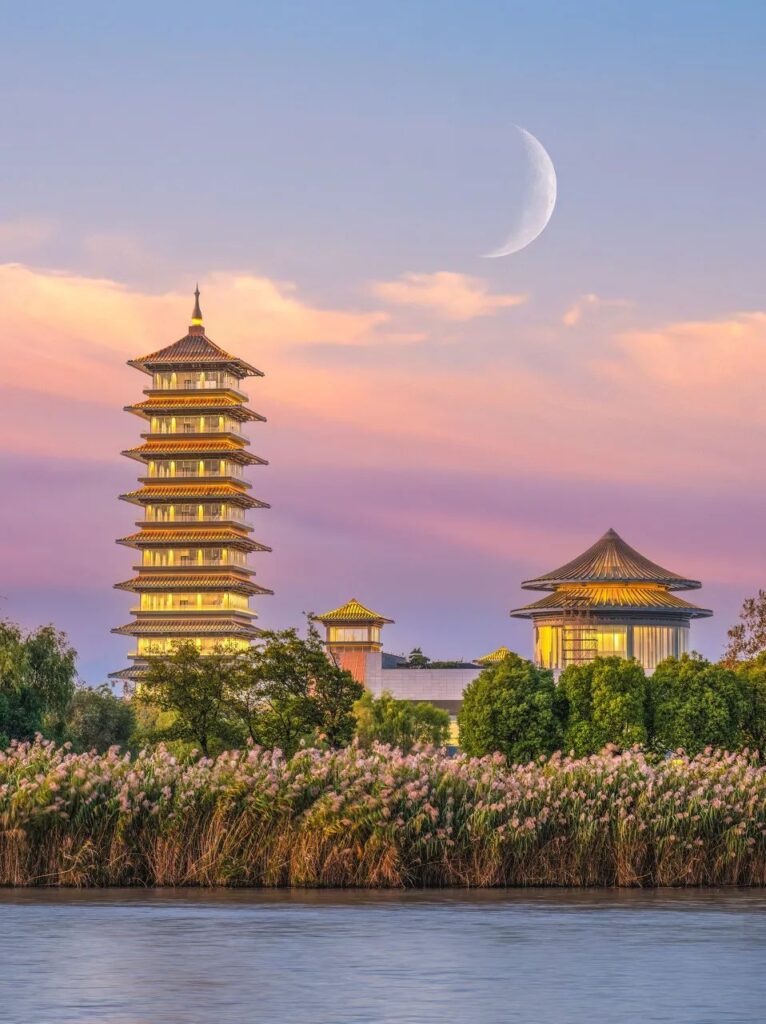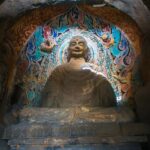In recent years, the selection of livable cities has sparked countless topics and controversies, akin to an intense debate. When we speak of “livability,” it is inseparable from that unique “flavor of life.”
It is like the pulse of the city, injecting vibrant vitality into the mundane life, giving it a dynamic soul.
When it comes to “flavor of life,” people naturally think of “food.”
In China, the richness and diversity of cuisine have long been renowned worldwide. Among the UNESCO Creative Cities of Gastronomy, China reigns supreme, with the poetic and picturesque city of Yangzhou being one of the top contenders.

In Yangzhou, people’s attitude towards breakfast is not merely about filling their stomachs.
Mornings in Yangzhou are like an ink painting that blends ancient charm with modern ambiance. In this painting, the most eye-catching element is undoubtedly the fragrant morning tea.

Yangzhou’s morning tea culture is like a hefty historical scroll, with each page filled with stories. Tea, dishes, dried tofu shreds, noodles, and steamed buns (Huaiyang delicacies) are all carefully selected and prepared.

When a few friends gather at a teahouse, a cup of aromatic tea, a tray of piping hot steamed buns, and a few baskets of exquisite dim sum allow them to engage in free-flowing conversations and spend a leisurely morning.

Of course, Yangzhou’s culinary delights are not limited to morning tea.

The Huaiyang cuisine, which once earned endless praise from Emperors Kangxi and Qianlong, is truly unforgettable.
Huaiyang cuisine is renowned for its fresh ingredients, exquisite knife skills, meticulous control of heat, and light and elegant flavors.
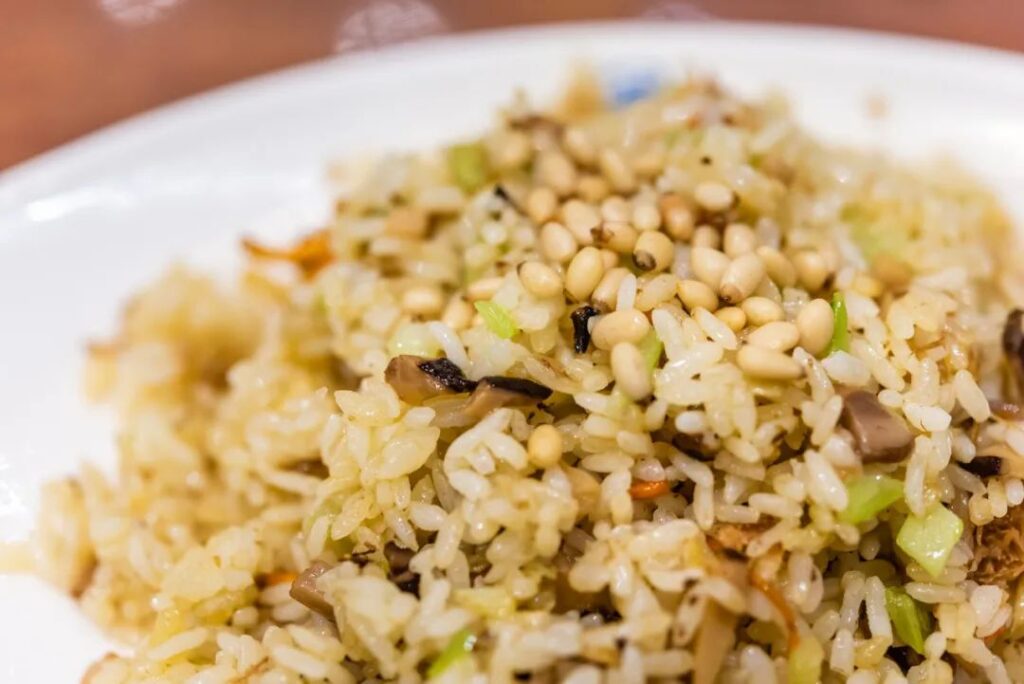
The melt-in-your-mouth Wensi tofu,
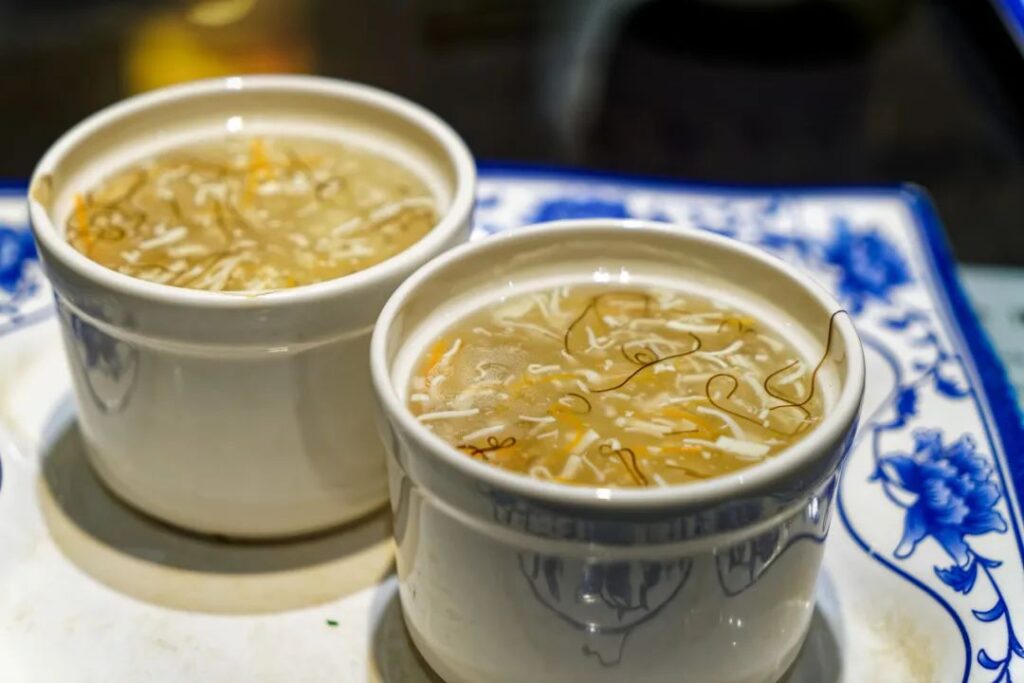
the fragrant and not greasy crab meat lion’s head meatballs,

the crispy, sweet, and sour squirrel-shaped mandarin fish…

Each dish is a reflection of Yangzhou people’s love and respect for food.

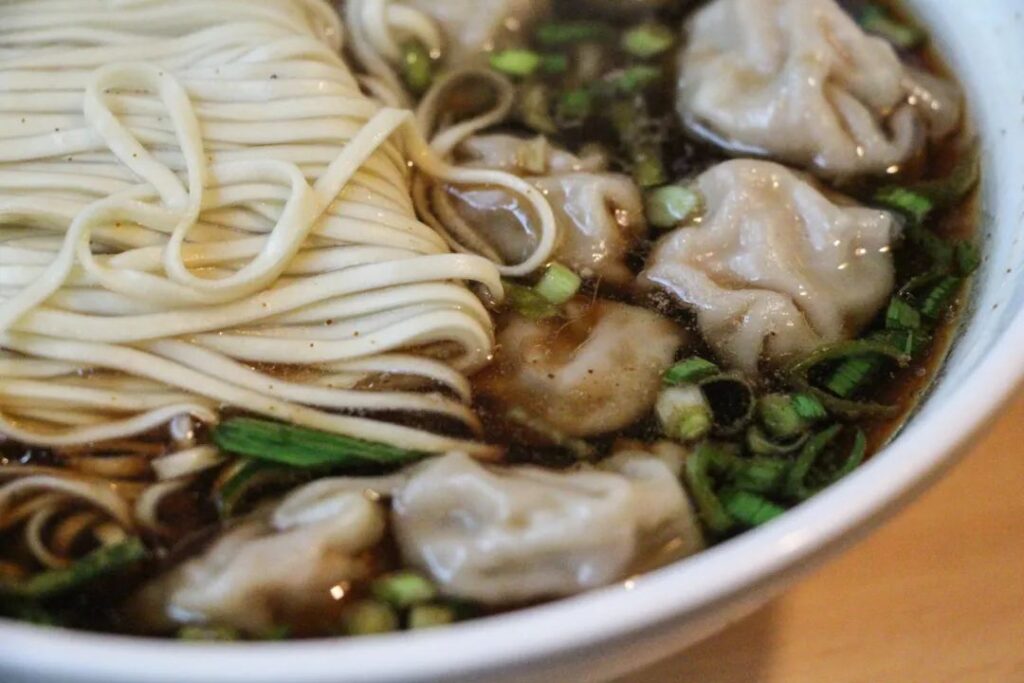

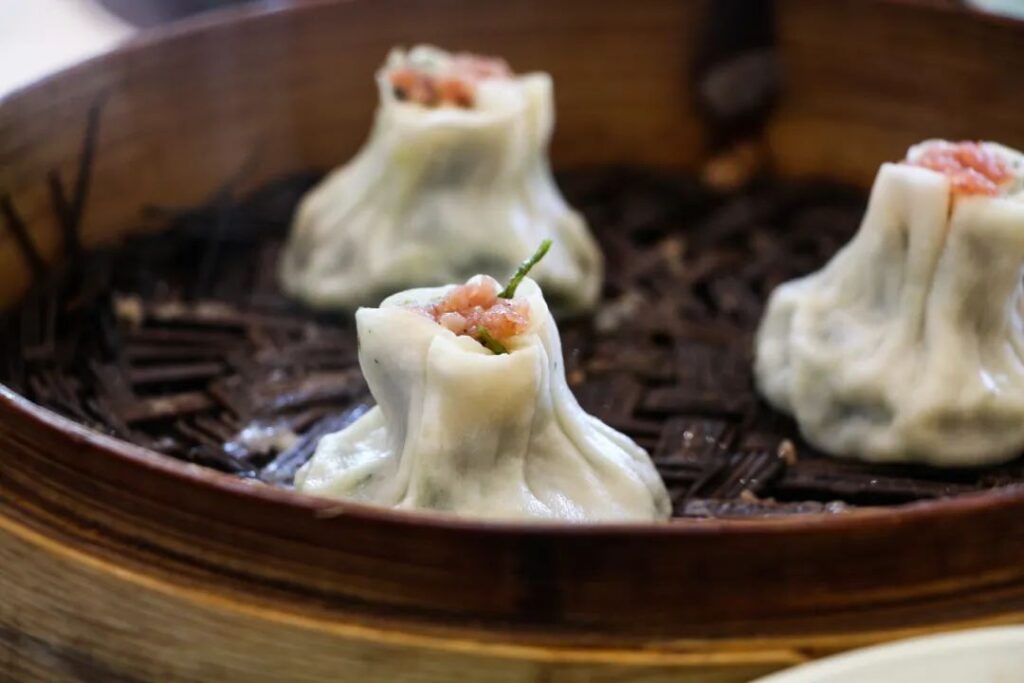
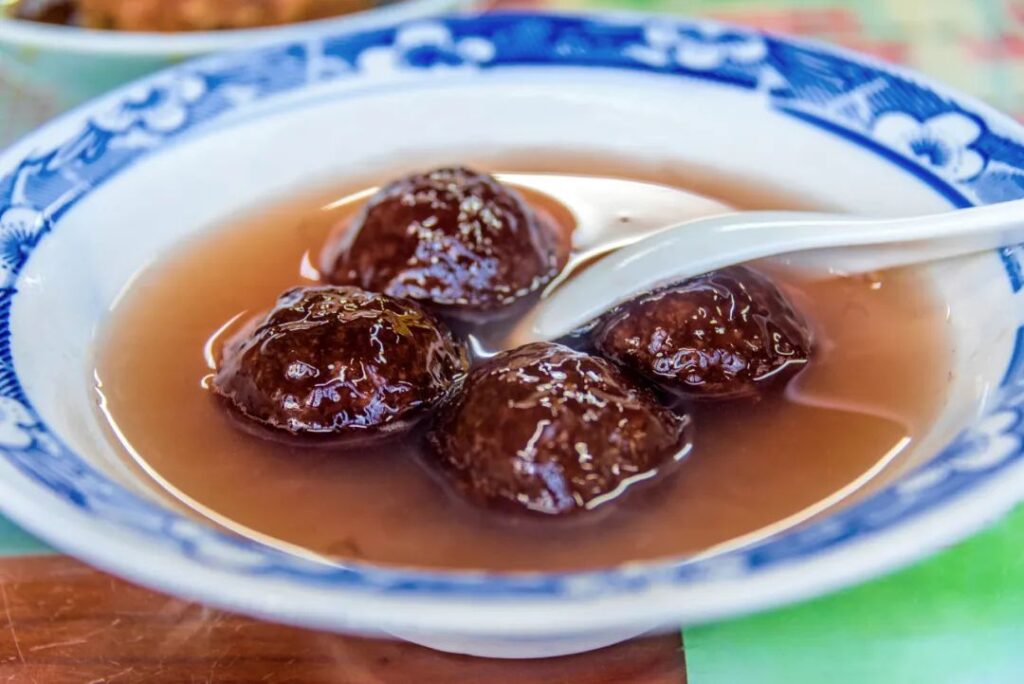
The sophistication of Yangzhou cuisine lies not in the rarity of ingredients or the complexity of techniques, but in the dedication and passion for food. Not compromising on food is not compromising on oneself, not compromising on life.
Yangzhou people, in their own way, savor food and enjoy life in a slow-paced manner, writing a city full of poetic charm and a lifetime of the “flavor of life.”

In the fragments of Jiangnan’s magnificent buildings
“Dreaming of Jiangnan, poetic charm of Yangzhou.”
The moment you step into the Slender West Lake, this poem seems to transform into a vivid scroll, slowly unfolding.

Looking back, Emperor Qianlong, during his southern tour, personally dredged this slender lake, built the solemn Lotus Bridge, and even erected the White Pagoda overnight, creating the now-famous lake garden—Slender West Lake.
Every brick and tile, every blade of grass and tree, seems to be telling the story of their inexplicable bond with Emperor Qianlong.
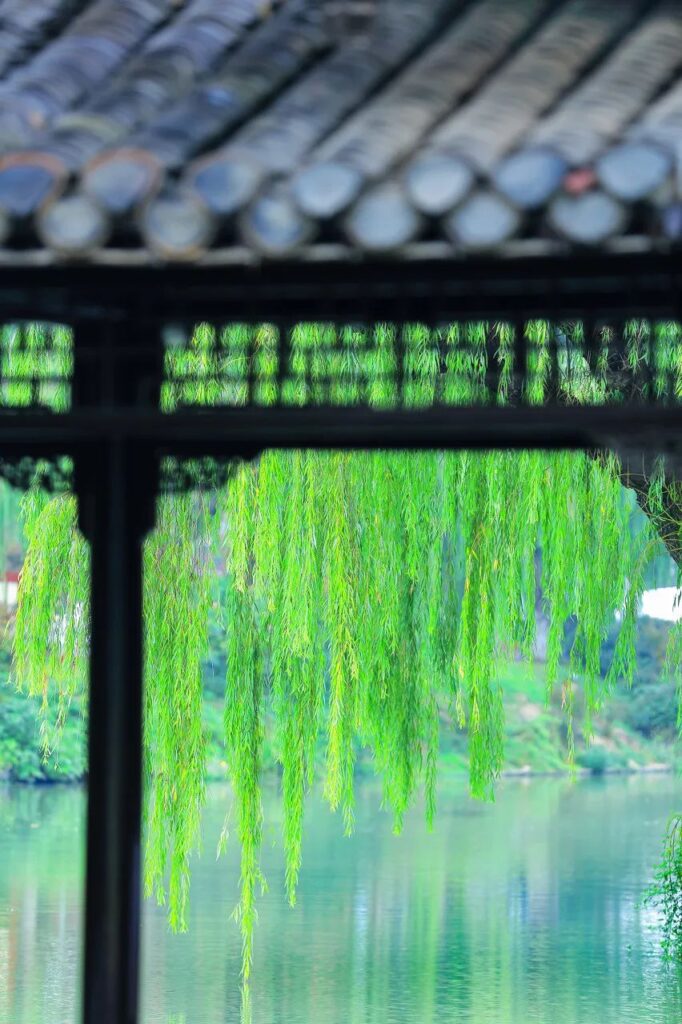
Slender West Lake, this renowned lake garden, boasts enchanting natural scenery. Green willows sway, camellias, pomegranates, and rhododendrons compete in bloom, flowers and trees intertwine, and famous gardens and historical sites are embedded on both sides of the rippling lake.
For thousands of years, countless literati and artists have been attracted by the scenery here, leaving behind many memorable poems and paintings.
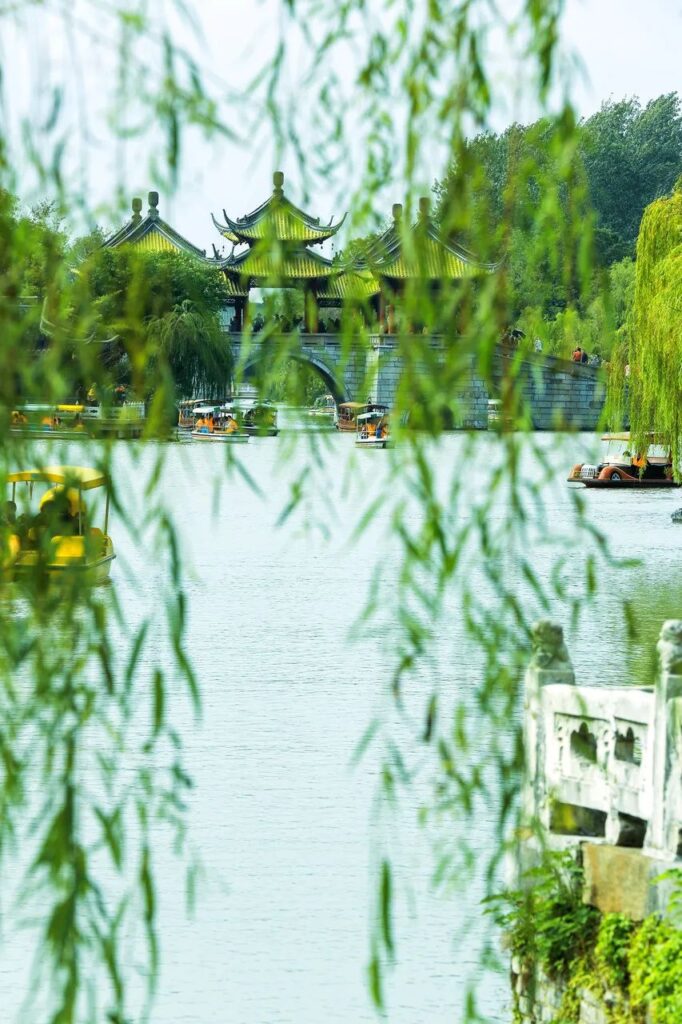
A beautiful curved line, composed of green trees, emerald waters, and black tiles, guides people’s sight to the horizon. Slender leaves dance gently in the wind, like a gentle hand caressing the verdant lake surface; flowers, like playful elves, nod lightly; distant green mountains willingly become the backdrop of this beautiful scenery.
You can choose to stroll along the riverbank, enjoying nature’s gifts; or enter the pavilions and towers to appreciate the poetry and paintings left by literati of past dynasties; or even take a boat on the lake to experience the carefree feeling of Emperor Qianlong’s lake tour.
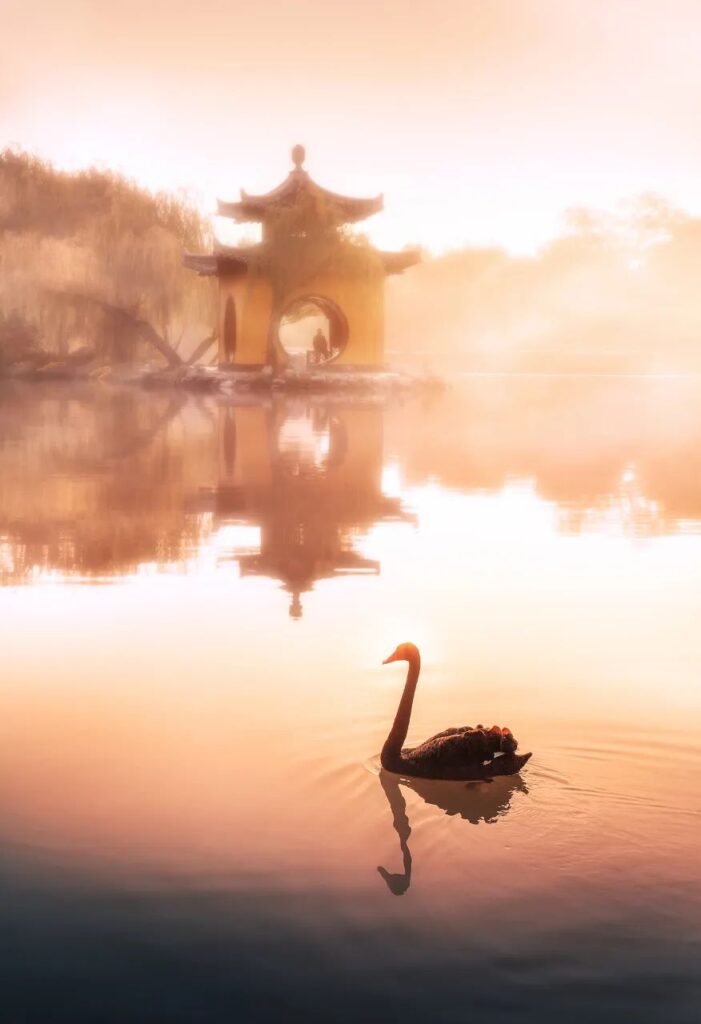
Ge Garden, the origin of its name is inextricably linked to bamboo. The owner of the garden had a special fondness for bamboo, so he planted various types of bamboo in the back garden.
Bamboo leaves come in sets of three, resembling the character “个” (ge), and half of the character “竹” (bamboo) is also “个” (ge), hence the name “Ge Garden.”

Stepping into Ge Garden, you are greeted by a sea of lush green, as if immersed in an ocean of bamboo. The fragrance of bamboo permeates the air, making one feel refreshed and relaxed.
In this courtyard surrounded by bamboo, sipping a cup of fragrant tea, leaning against a clear pool of water, with a gentle breeze blowing, although there is no sound of music, it feels as if there is a melody lingering in the air.
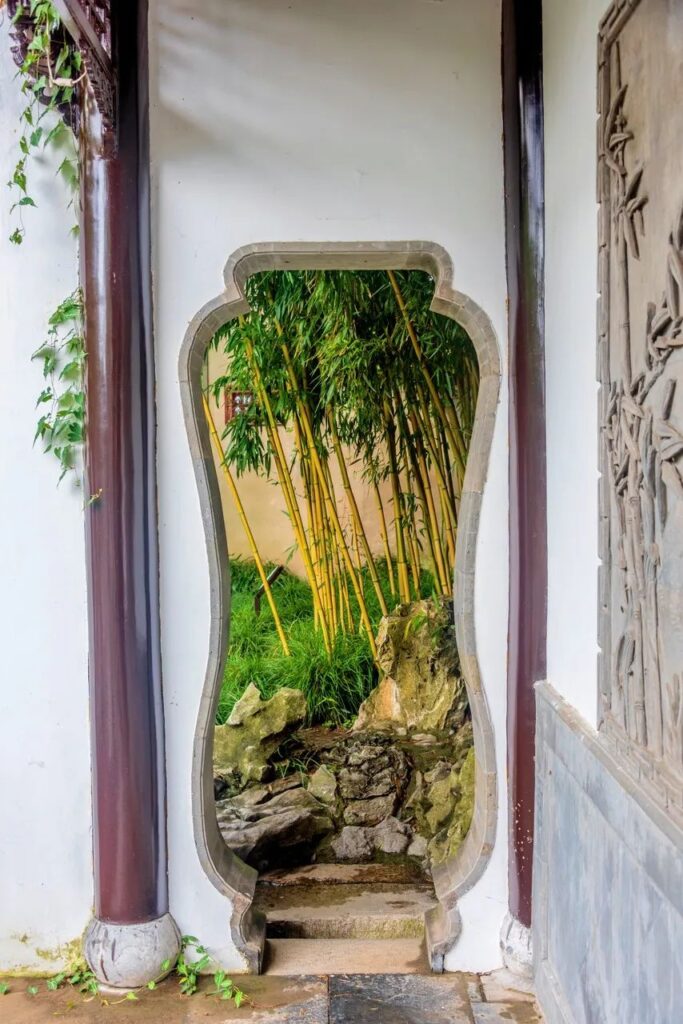
Besides bamboo, another highlight of Ge Garden is the art of rockery stacking based on the four seasons.
With Yiyu Pavilion as the center, visitors can appreciate the different beauties of the four seasons by following the natural direction. The winding paths in the rockery, the stunning views framed by the stone caves, and the ingenious design of changing scenery with each step are truly remarkable.
This novel concept and rigorous structure are highly engaging, making it a gem among Chinese gardens.

He Garden, originally named Jixiao Mountain Villa, is a shining pearl among Yangzhou’s private gardens. As one of the representative works of late Qing dynasty garden architecture, He Garden is known as the “No. 1 Garden of the Late Qing Dynasty.”
It has been the filming location for numerous TV series and films, with nearly a hundred works such as “Dream of the Red Chamber” and “My Fair Princess” leaving their footprints here.
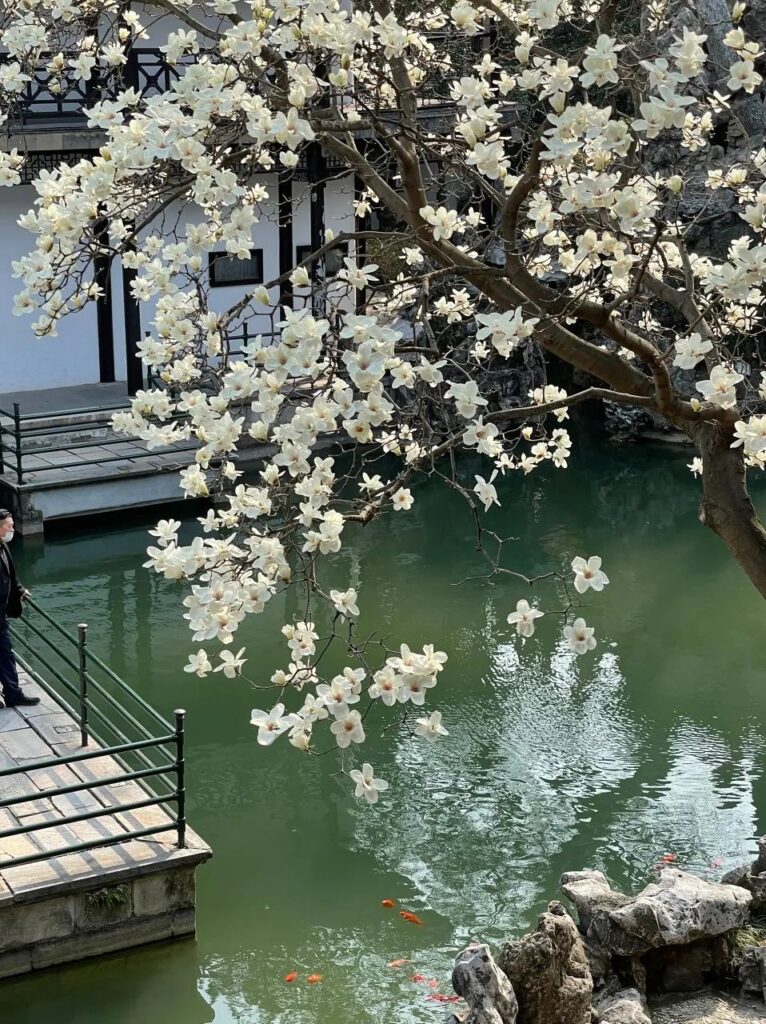
He Garden boasts four “No. 1 in the World” titles: “No. 1 Corridor in the World,” “No. 1 Mountain in the World,” “No. 1 Window in the World,” and “No. 1 Pavilion in the World.”
These accolades are sufficient to prove the irreplaceable status of this garden.
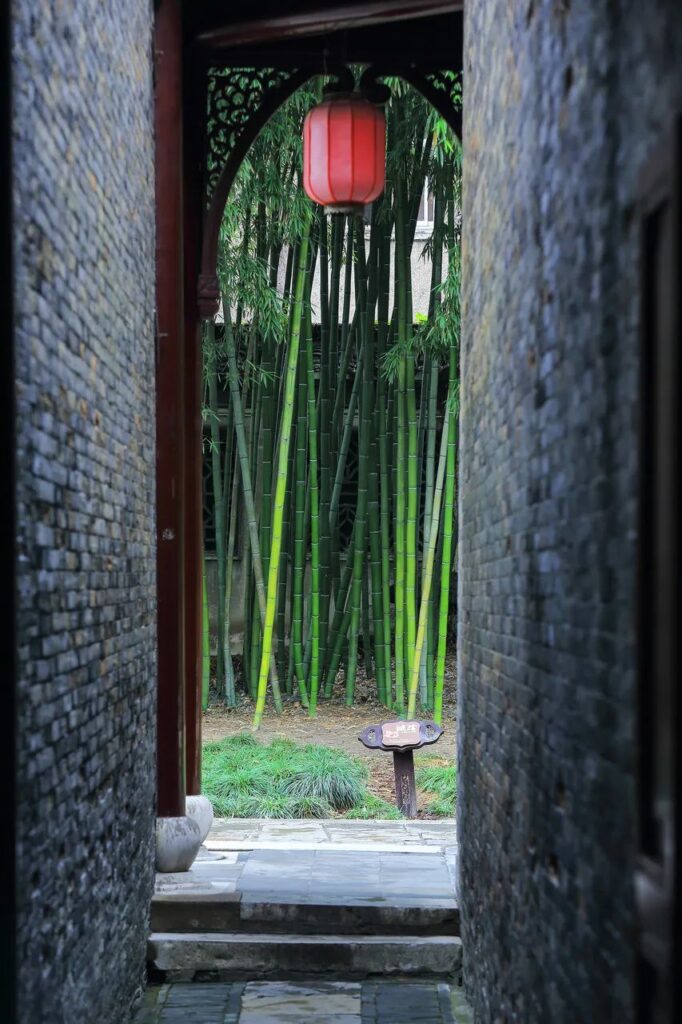
Among them, the most famous feature is the double-deck corridor, a two-story covered walkway design that cleverly connects the east and west gardens with the residential courtyards. The term “double-deck” refers to the presence of corridors on both sides of the wall, which facilitates both passage and diversion.
The double-deck corridor in He Garden stretches over 1,500 meters, and walking through it feels like being in a three-dimensional maze. If you stroll through it on a day with misty rain, the artistic conception of a rainy Jiangnan is simply beyond words.

Dongguanjie, a shining pearl in the heart of Yangzhou city, is an old street laden with historical vicissitudes and traces of time.
“Ten miles of spring breeze on Yangzhou Road, rolling up the pearl curtain is not as good,” this poem aptly depicts this ancient street stretching 1,122 meters. It is like a long river of history, quietly flowing through the veins of Yangzhou.
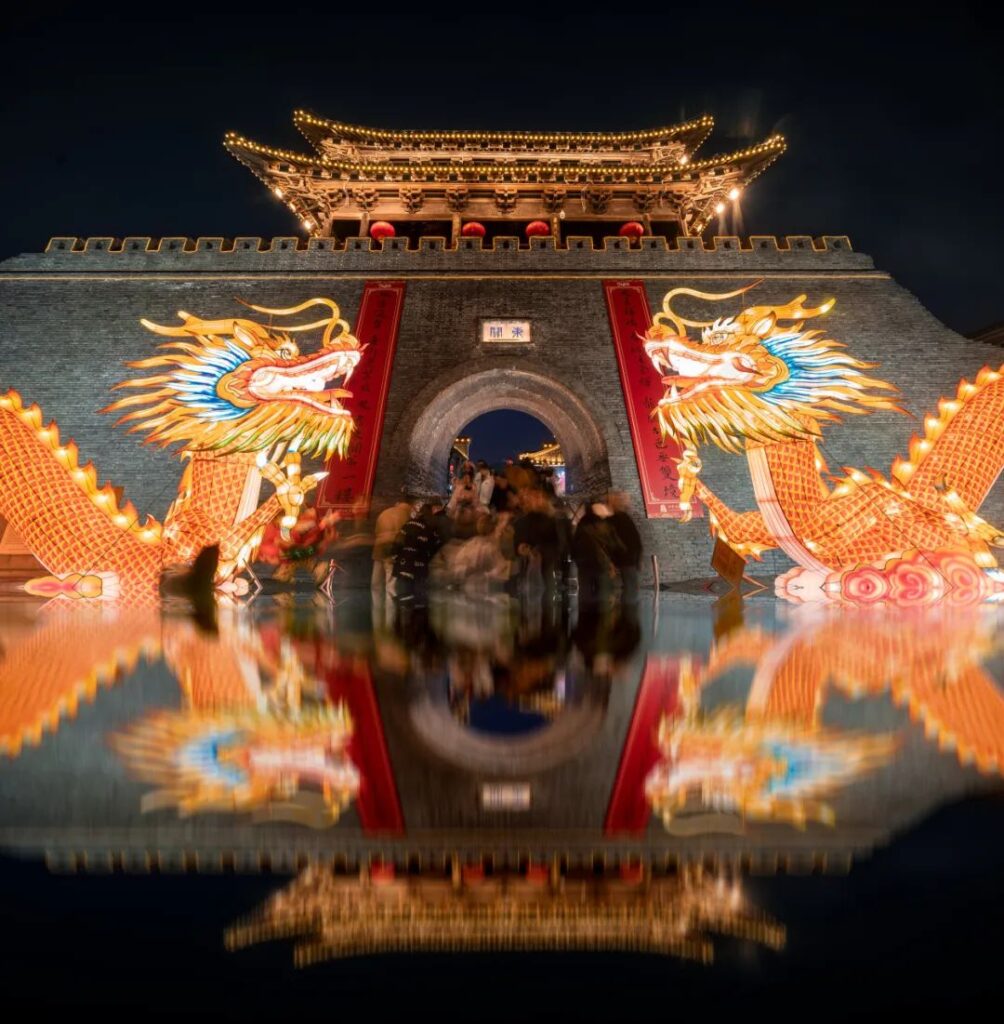
Walking on this ancient street feels like traveling through a tunnel of time. The former residences of famous people stand on both sides, with every brick and tile exuding a strong sense of antiquity and cultural heritage. They are like thick historical books, waiting for the curious to read and savor.
These buildings, having experienced the vicissitudes of time, seem to be a microcosm of history, with every trace recording centuries of cultural years. They have witnessed the rise and fall of ancient Yangzhou, as well as the fusion and collision of the new and the old.
In another corner of Yangzhou, there is a lane that captivates literature enthusiasts and photography lovers—Pishijie. More than a decade ago, it was still a bumpy old street, but now it has taken on a new vitality.
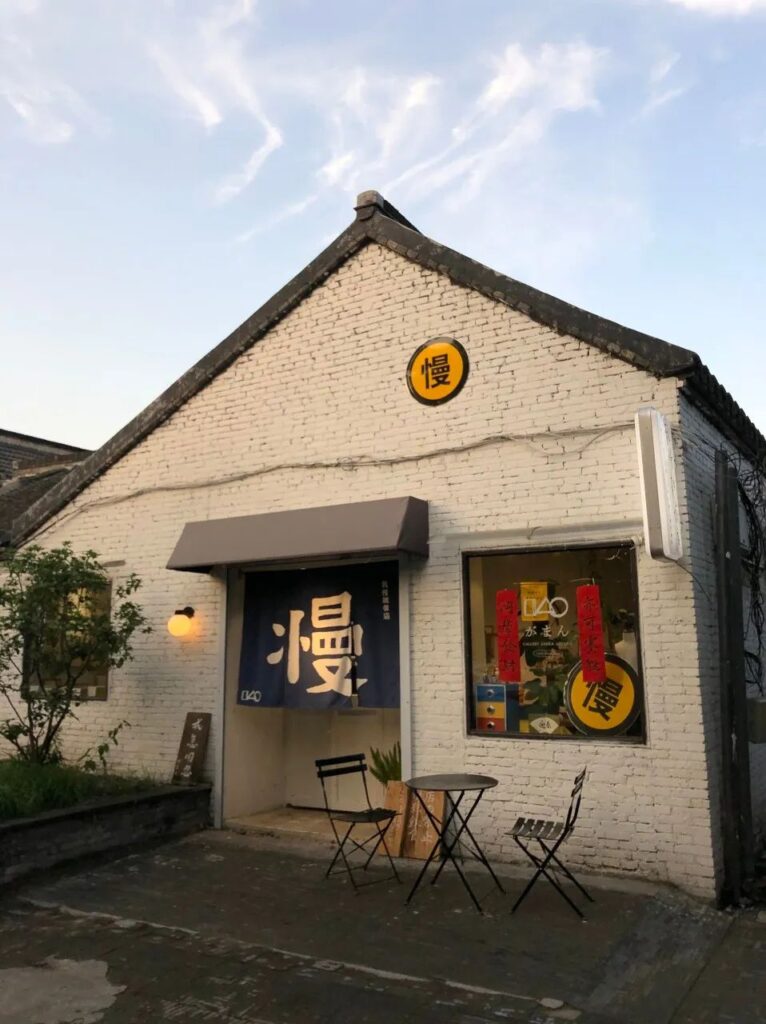
Although this ancient yet emerging street is not long, it is lined with various exquisite small shops on both sides. There are fragrant food stores and refreshing coffee shops and bookstores. In the afternoon, strolling here, savoring delicacies, sipping coffee, and immersing in the aroma of books, one can feel a sense of leisure and contentment.
It is worth mentioning that this street also cleverly connects the two famous gardens of He Garden and Ge Garden. Tourists can reasonably plan their itinerary to include these two beautiful gardens while touring.
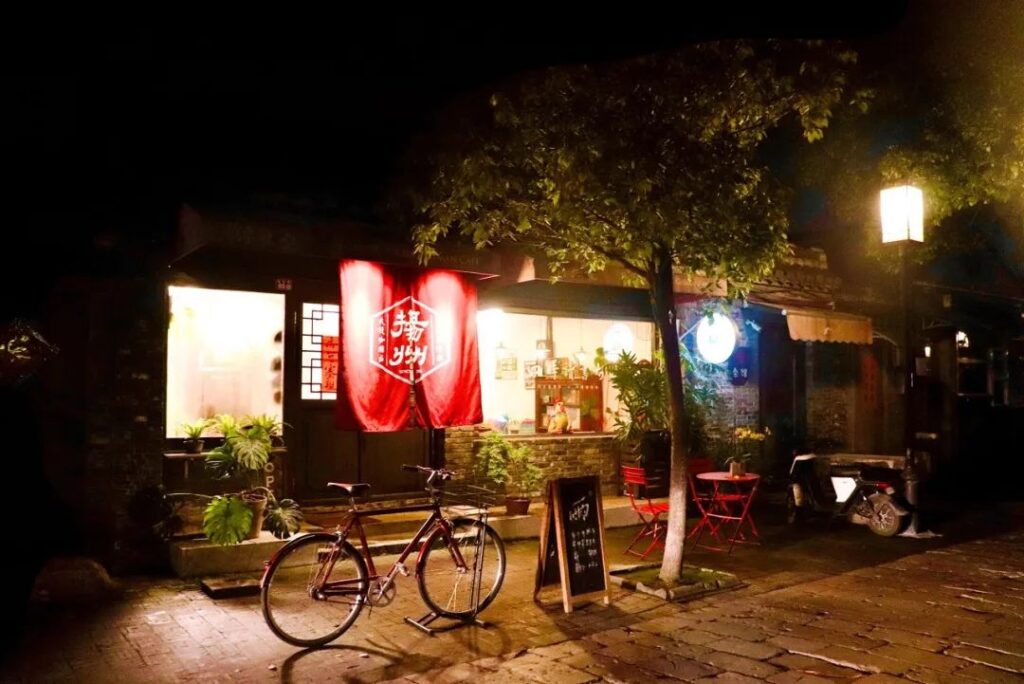
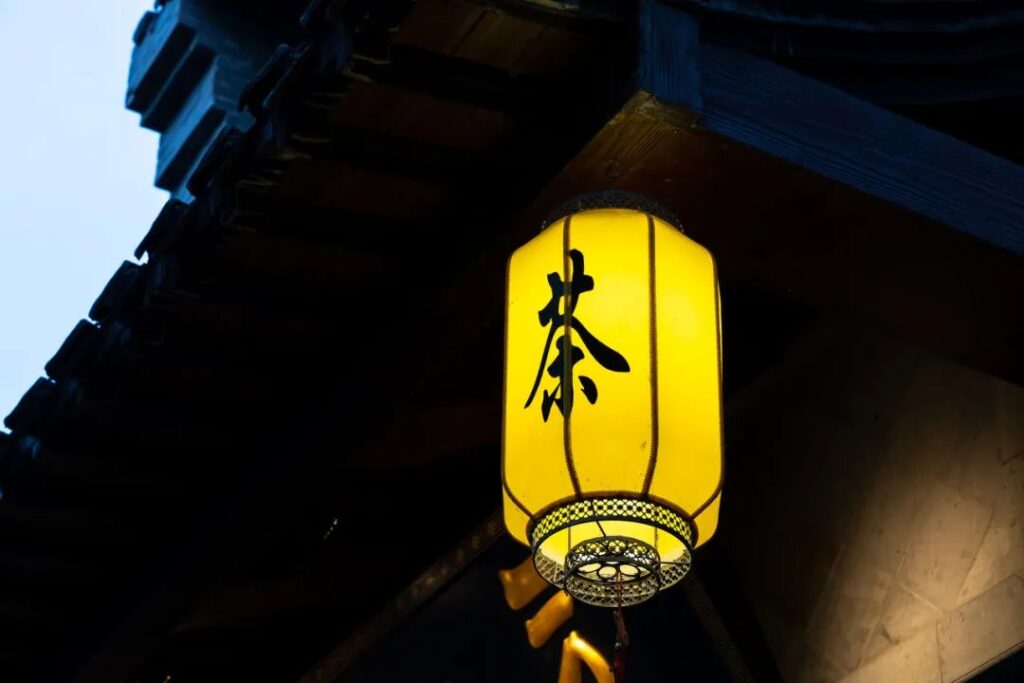
The Yangzhou Canal is the soul and “root” of this city. This canal largely coincides with the route of the ancient Hangou more than 2,000 years ago and perfectly matches the canal excavated by Emperor Yang of the Sui Dynasty.
Among them, the 30-kilometer-long Yangzhou Ancient Canal from Guazhou to Wantou is the oldest section of the Grand Canal.

It links numerous historical sites and cultural landscapes, becoming a treasure of Yangzhou. The history of Yangzhou Canal’s development is almost a history of ancient Yangzhou’s development.
This canal not only nourished the city of Yangzhou but also serves as the “root” in the hearts of Yangzhou people.
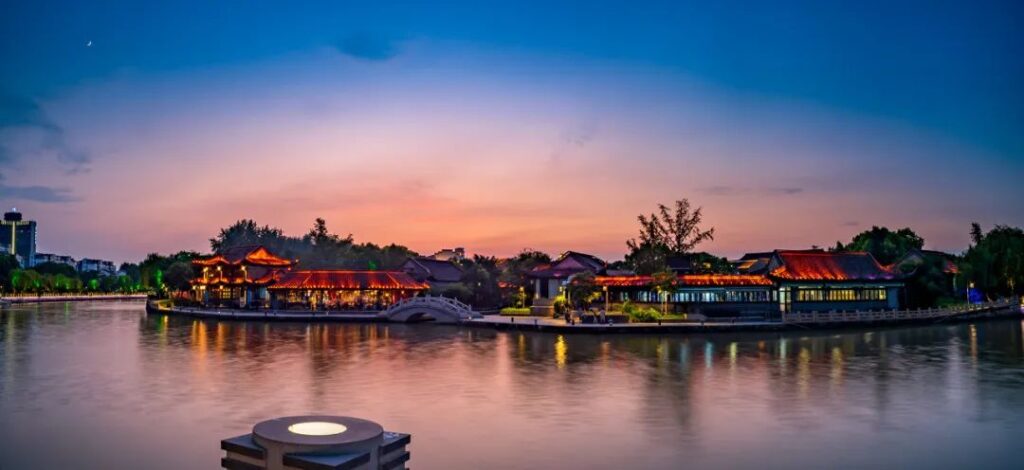
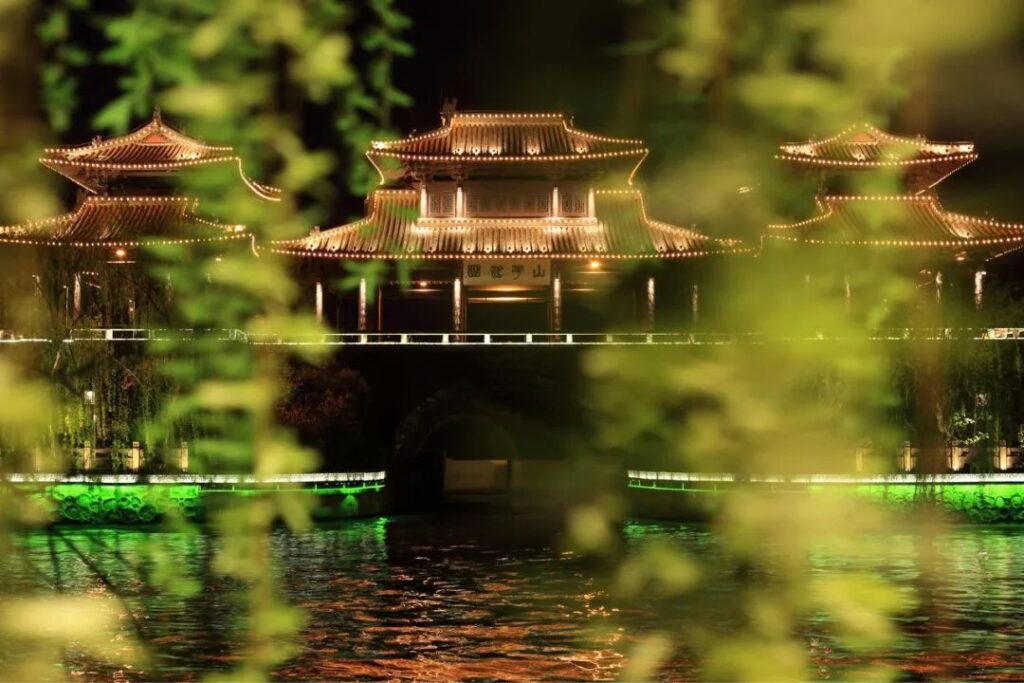
In the northern suburbs of the ancient city of Yangzhou, Shugang lies like a giant dragon, quietly winding and stretching endlessly, as if lying on the earth, guarding this ancient land.
The world-renowned thousand-year-old temple, Daming Temple, is like a shining pearl, firmly embedded in the ridge of the middle peak of Shugang.
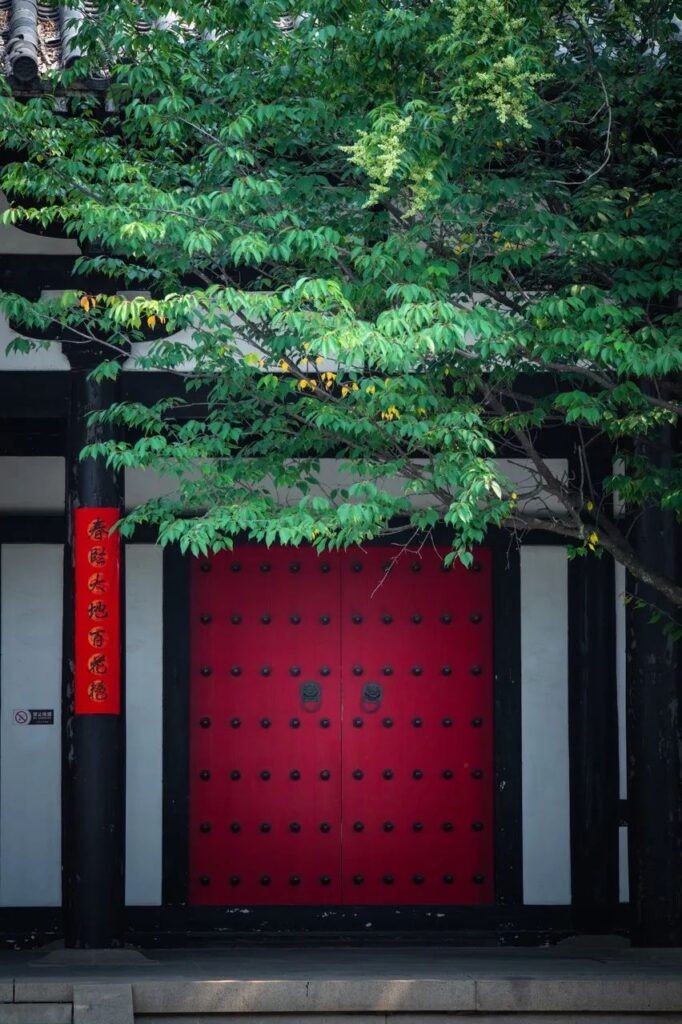
This temple is not only a treasure of traditional Chinese architecture but also incorporates the charm of Japanese architecture. The mountain gate, bell tower, drum tower, Mahavira Hall, Yangxin Hall, and other buildings are well-arranged with an exquisite layout. Every detail reveals the unique gentleness and elegance of the Jiangnan water town.
Climbing hundreds of stone steps is like walking into a tunnel of time, arriving at the square in front of Daming Temple. A solemn and elegant archway catches the eye, which is the main entrance of Daming Temple. Passing through the archway, the garden scenery of Yangzhou unfolds like a scroll, immersing visitors in its beauty.
If you ascend the Qiling Pagoda and gaze into the distance, the beautiful scenery of the Slender West Lake is in full view, as if you are in the poetic world described by Bai Juyi.
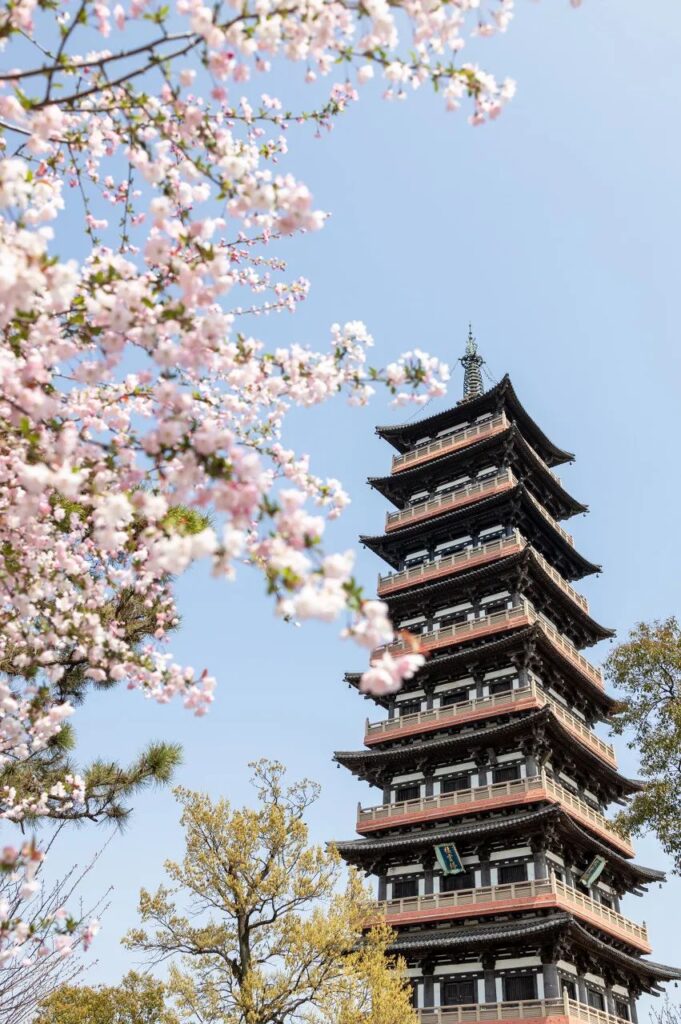
In another corner of Yangzhou, Guanyin Mountain is famous for being the “No. 1 Sacred Mountain.” The Buddhist statues here are unique, with “Bodhisattva” as the main subject, and also enshrine the Bodhisattvas of the four great Buddhist sacred mountains. Every spot is filled with an artistic and aesthetic atmosphere. Walking on Guanyin Mountain, with the chanting of Buddha’s name in the air, one’s mind becomes as still as water.
Exiting from the mountain gate of Guanyin Mountain and going around the east side, a tea garden comes into view. The endless green seems to be a gift from nature, making people feel refreshed.
Moreover, Guanyin Mountain is also the natural vantage point of Yangzhou. Standing here, the beautiful scenery of the south and north of the Yangtze and Huai rivers is all in view, making people marvel at the magic of nature.
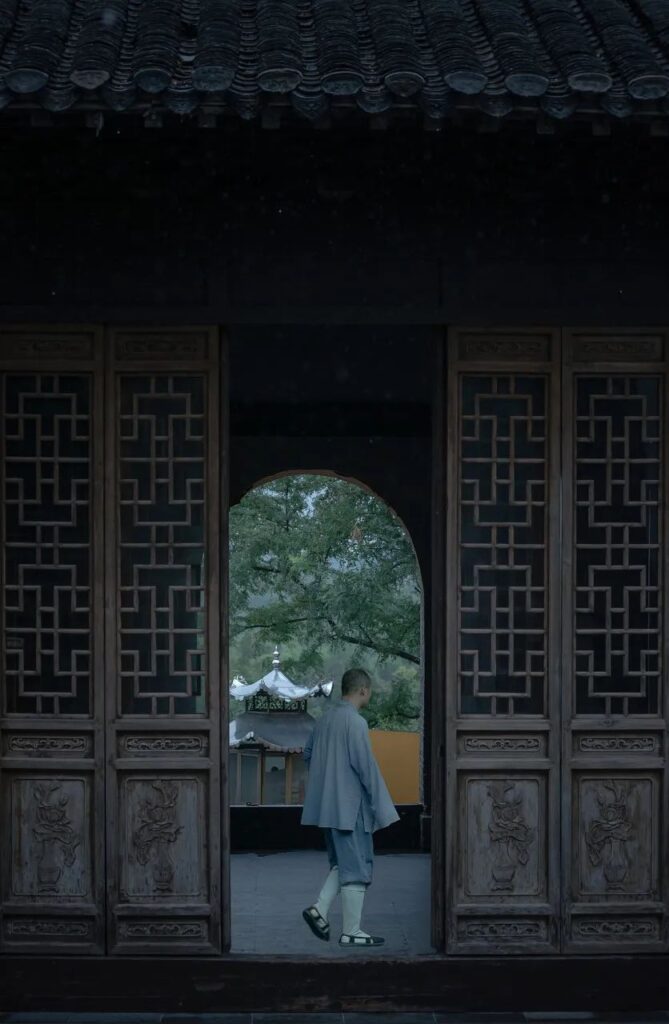
The buildings in Yangzhou always give a sense of warmth and friendliness. They do not have the oppressive feeling of modern architecture, nor do they appear cold and ruthless.
On the contrary, each window seems to have its own story, telling of the passage of time and the change of seasons.
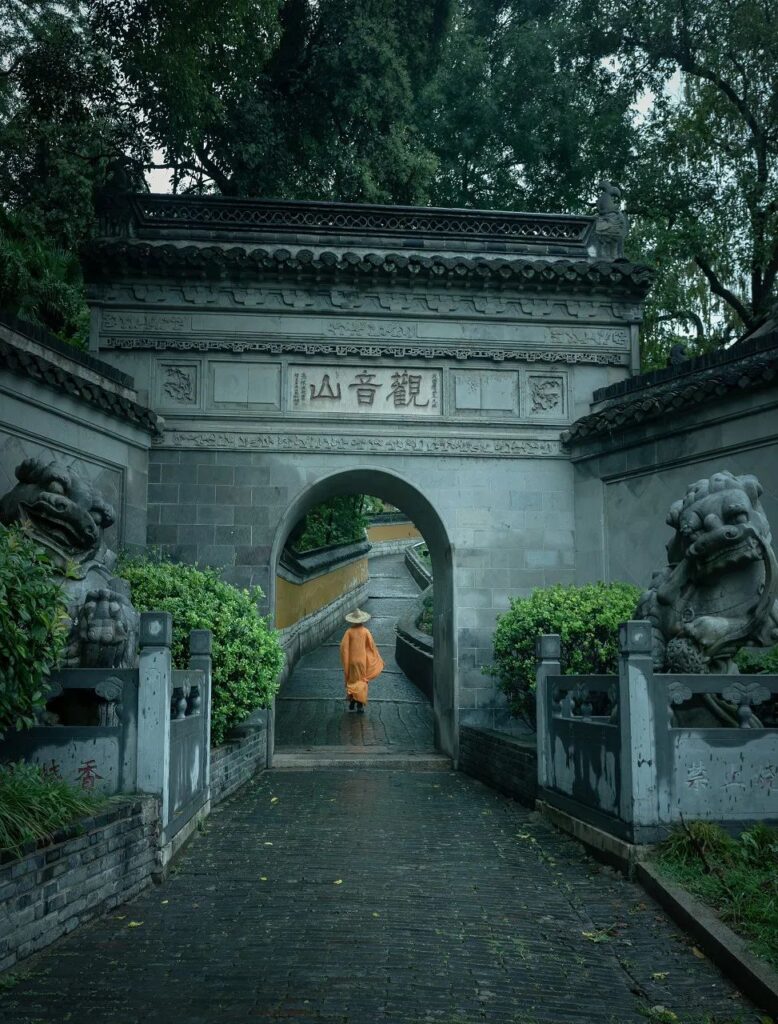
In a fast-paced society, Yangzhou people always find a way to slow down.
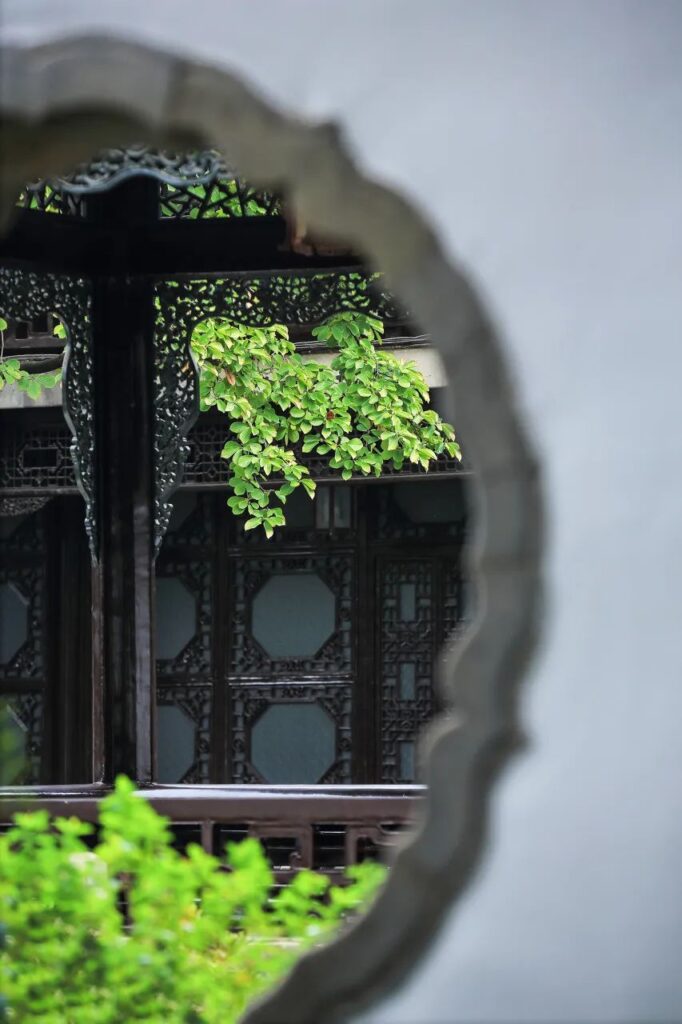
They like to go to teahouses to chat with friends and enjoy tea, savoring that leisurely and carefree time.
This lifestyle seems to have become a cultural symbol of Yangzhou people, making others yearn for it.

In addition, “water-wrapped feet” is also a unique life enjoyment of Yangzhou people. More and more young people choose to go for foot massage and body scrub together, rather than going to karaoke or clubbing.
This traditional way of leisure allows them to find a way to relax and release in their busy lives, as if every bath rejuvenates them.

Although some say that today’s Yangzhou is not as glorious as it once was, I want to say that every city has its unique charm and attraction.
Modern cities need development, but China’s unique charm of Jiangnan also needs to be inherited.
Living in Yangzhou is truly a blessing and enjoyment.
